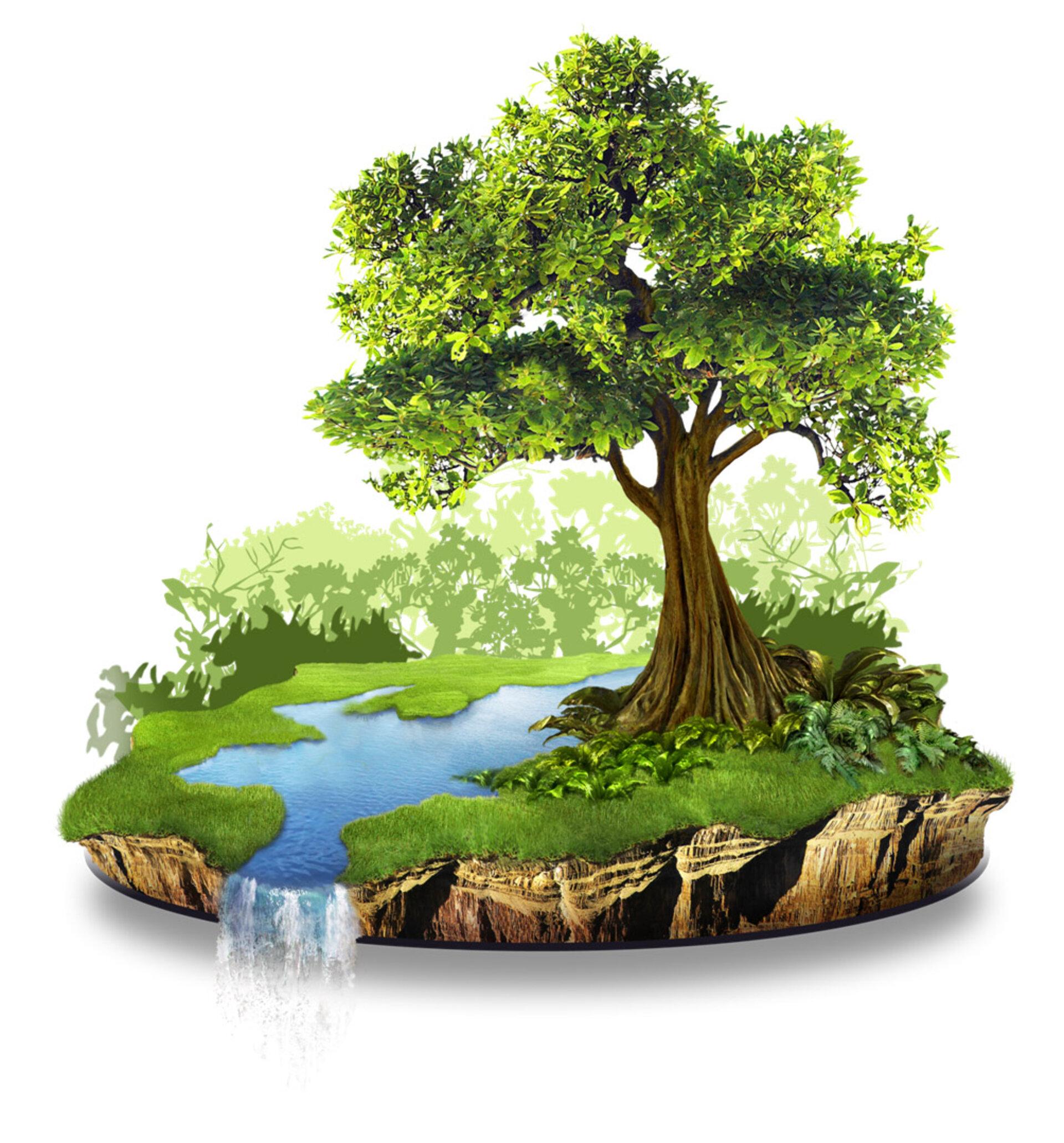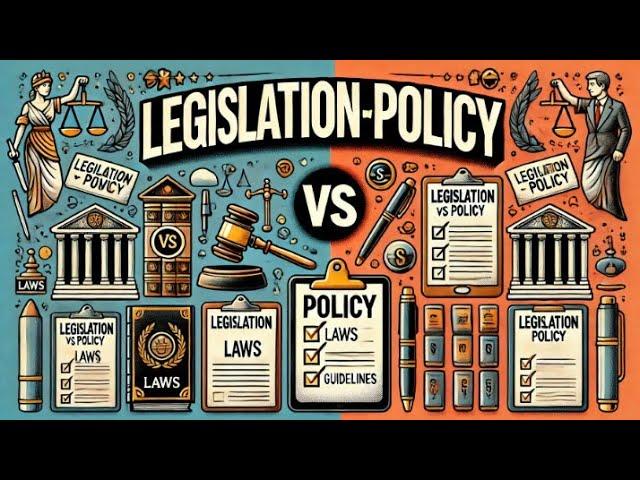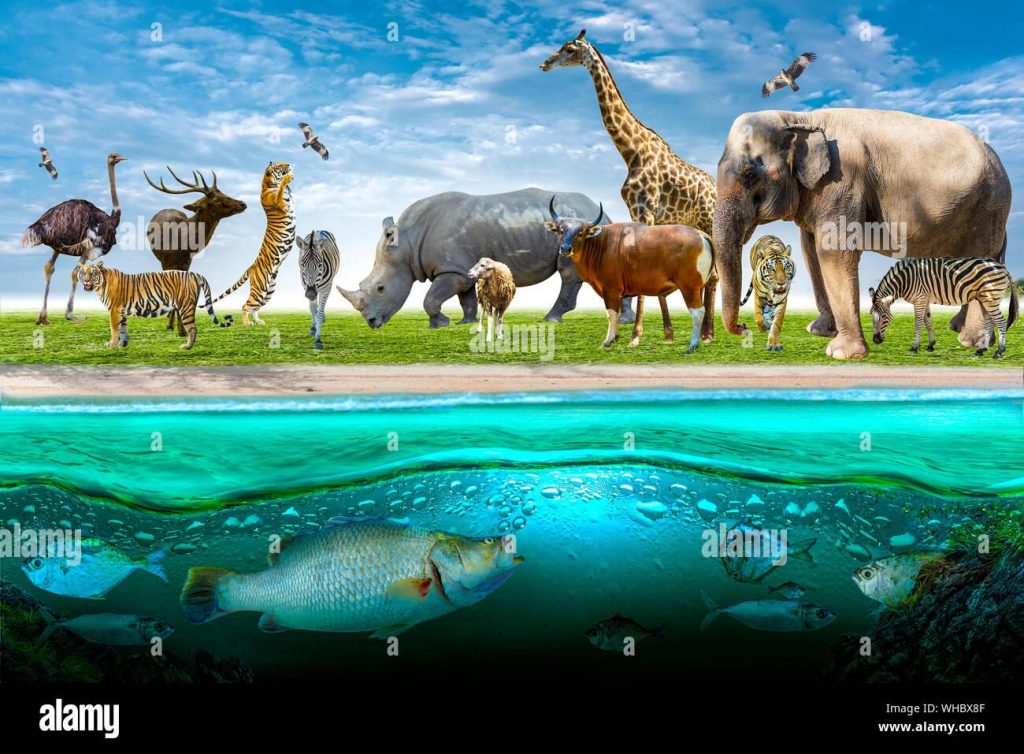In a world increasingly shaped by human activity, the delicate equilibrium of nature stands at a crossroads. Across verdant landscapes and vibrant ecosystems, wildlife exists as both an indicator of environmental health and a vital component of the planet’s intricate web of life. Yet, as urban expansion, industrial development, and climate change exert relentless pressure on natural habitats, the alarming decline of countless species serves as a poignant reminder of our collective responsibility. The necessity of wildlife conservation emerges not just as an ethical obligation but as a critical imperative for sustaining the biodiversity that underpins our own survival. This article delves into the multifaceted importance of preserving wildlife, exploring how these efforts benefit not only the creatures themselves but also humanity, by safeguarding our planet’s resources and ensuring a balanced coexistence with the natural world. Through a narrative that weaves together the struggles and triumphs in the realm of conservation, we aim to illuminate the urgent need for action and the pathways toward a more harmonious relationship with our environment.
Table of Contents
- Understanding the Interconnectedness of Ecosystems and Wildlife
- The Role of Legislation and Policy in Effective Conservation Efforts
- Community Engagement and Education as Catalysts for Change
- Innovative Approaches to Habitat Restoration and Species Recovery
- Wrapping Up
Understanding the Interconnectedness of Ecosystems and Wildlife

The intricate tapestry of nature weaves together various ecosystems, each reliant on the other for sustenance and stability. When you observe a vibrant forest, lush wetlands, or expansive savannas, you’re essentially witnessing a community of life where each species plays a crucial role. For example, predators regulate prey populations, preventing overgrazing and maintaining vegetation balance, while pollinators facilitate plant reproduction, ensuring that many species can thrive and provide food and shelter for other wildlife. Consequently, the decline of a single species can resonate throughout its ecosystem, leading to a cascade of negative impacts that ultimately alter the environment we depend on.
The connections between wildlife and their habitats are multifaceted and profound. Interestingly, the symbiotic relationships that exist not only promote biodiversity but also enhance ecosystem services that are vital to human life. Some of these include:
- Carbon Sequestration: Trees and plant life absorb carbon dioxide, which mitigates climate change.
- Soil Fertility: Decomposers break down organic material, enriching the soil.
- Water Filtration: Wetlands filter pollutants, maintaining clean water supplies.
To illustrate the importance of preserving these connections, the following table highlights key wildlife species and their ecological contributions:
| Species | Ecological Role | Impact of Decline |
|---|---|---|
| Bees | Pollination | Reduced crop yields |
| Wolves | Prey regulation | Overpopulation of herbivores |
| Oysters | Water filtration | Increased water pollution |
The Role of Legislation and Policy in Effective Conservation Efforts

Effective conservation requires a robust framework of legislation and policy that safeguards wildlife and their habitats. At its core, this involves the establishment of laws and regulations that not only define the standards for conservation but also hold individuals and organizations accountable for their stewardship of the environment. In many regions, specific laws, such as the Endangered Species Act and the Convention on Biological Diversity, serve as critical tools for protecting at-risk species and fostering biodiversity. These legislations lay the groundwork for protective zones and initiate recovery plans, ensuring that conservation efforts are both actionable and measurable. Moreover, policies aimed at sustainable use of natural resources help maintain a balance between human needs and ecological health, allowing us to thrive alongside nature rather than at its expense.
To enhance the effectiveness of conservation strategies, collaboration between governmental, non-governmental, and local communities is essential. Stakeholders must engage in the policy-making process to ensure that conservation measures are inclusive and reflective of diverse perspectives. The following principles can greatly enhance legislative effectiveness:
- Transparency: Clear communication about conservation goals fosters public trust and encourages community involvement.
- Adaptive Management: Policies should evolve based on scientific research and changing environmental conditions.
- Community Engagement: Local communities should be empowered through education and involvement in conservation planning.
The table below outlines some key conservation policies and their objectives:
| Policy Name | Main Objective |
|---|---|
| Endangered Species Act | To protect and recover imperiled species and their ecosystems. |
| CITES | To ensure that international trade in wild animals and plants is sustainable. |
| National Parks Act | To preserve natural and cultural resources for future generations. |
Community Engagement and Education as Catalysts for Change
Communities play a pivotal role in wildlife conservation by fostering awareness and understanding of the complex relationship between humans and nature. Active participation in local conservation efforts not only strengthens community bonds but also empowers individuals to take ownership of their environment. Educational programs serve as a springboard for this engagement, equipping people with the knowledge necessary to appreciate the intrinsic value of biodiversity. By focusing on pivotal topics such as ecosystem health and species preservation, communities can rally around initiatives that support sustainable practices. This transformation is driven by:
- Workshops and Seminars: Offering hands-on experiences which deepen understanding.
- School Programs: Integrating wildlife topics into the curriculum to inspire future conservationists.
- Community Events: Organizing clean-ups and awareness campaigns that actively involve residents.
Moreover, collaboration between conservation organizations and local governments can lead to informed policies that reflect the needs of both wildlife and the community. This collaborative approach not only amplifies the message of conservation but also creates support systems for ongoing efforts. The synergy of engaged citizens and organizations facilitates shared responsibilities in safeguarding the environment. By establishing channels for communication and cooperation, communities can effectively address conservation challenges, creating a resilient network devoted to preserving the delicate balance of our ecosystems. The impact of these initiatives is amplified when it includes:
- Resource Sharing: Allowing access to tools and knowledge for better conservation practices.
- Local Advocacy: Mobilizing community voices to influence policy changes.
- Funding Opportunities: Encouraging investments that benefit both wildlife and local economies.
Innovative Approaches to Habitat Restoration and Species Recovery
In recent years, conservationists and researchers have developed an array of cutting-edge methods aimed at restoring habitats and reviving endangered species. These methodologies emphasize the synergy between technology and nature, resulting in significant strides towards ecological balance. Some of the innovative strategies include:
- Drone Technology: Drones are being utilized to monitor ecosystems more efficiently, allowing for real-time data collection and assessment.
- Genetic Rescue: This approach involves introducing individuals from healthy populations into inbred groups to enhance genetic diversity.
- Community-Led Initiatives: Local communities are empowered to take charge of conservation tasks, integrating traditional knowledge with modern practices.
Among these efforts, habitat restoration projects encourage biodiversity and provide long-lasting solutions to environmental degradation. Techniques such as rewilding—where ecosystems are allowed to self-regulate without human intervention—have been gaining popularity. Additionally, the use of native species in restoration projects has proven essential in establishing resilient ecosystems. The following table outlines some effective habitat restoration techniques alongside their benefits:
| Technique | Benefits |
|---|---|
| Reforestation | Reduces carbon footprint, restores animal habitats |
| Wetland Restoration | Enhances water purification, supports biodiversity |
| Invasive Species Control | Protects native flora and fauna, improves ecosystem health |
Wrapping Up
As we conclude our exploration into the vital realm of wildlife conservation, it becomes evident that our relationship with nature is a delicate dance, one that requires both mindfulness and action. The narratives of countless species hanging in the balance echo a universal truth: the health of our ecosystems is intricately woven into the fabric of our own existence. Every songbird that fills the morning air, every towering tree that offers shade, and every creature that roams our lands plays a role in maintaining nature’s equilibrium.
In understanding the necessity of wildlife conservation, we have unearthed not just the challenges that lie ahead, but also the remarkable potential for renewal and collaboration. The stories of success highlight our capacity for change, driven by science, compassion, and a shared commitment to stewardship. Each of us holds the power to contribute to this ever-important cause, whether through personal choices, community efforts, or advocacy for policies that protect our natural world.
As we step away from the written word, let us carry forward the lessons gleaned from the intricacies of the natural world. The call to action is clear: to protect nature’s balance is not merely a conservationist’s task—it is a shared responsibility that binds us all. By fostering a deeper appreciation for biodiversity and acting to safeguard it, we pave the way for a sustainable future, where both humanity and wildlife can thrive in harmony. The journey of conservation is ongoing, and your role in it has never been more critical.



